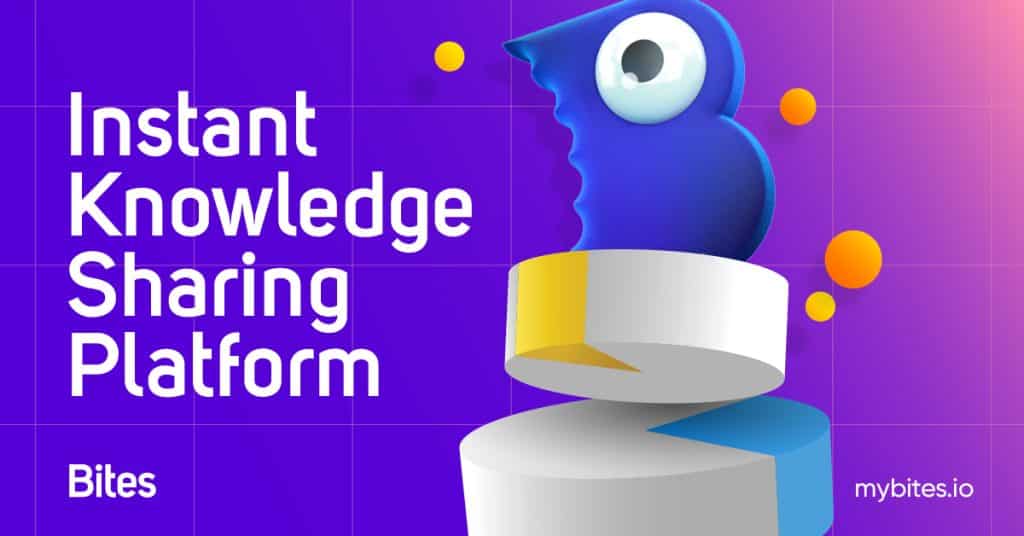What is business communication?
Business communication refers to the sharing of information among people within an organization. Effective business communication requires employees, managers and other company seniors to interact freely with the goal of fulfilling organizational goals. Proper business communication helps to promote a sense of community so that everyone feels they are working together towards common goals.
Importance of effective business communication
Any kind of organized activity within a company is heavily dependent on business communication. This can include:
- Presenting new business suggestions and ideas
- Making proposals
- Implementing programs
- Selling and marketing
David Grossman’s study of 400 large companies and 10000 employees reveals that the cost of communication barriers in the workplace stands at $62.4 million annually for every company. It is hence important to understand the benefits of business communication and implement a successful program accordingly.
- Higher productivity:
A McKinsey report finds that a well-connected workforce experiences a 20-25% rise in productivity. Employees who communicate clearly will contribute more to the organization.
- Higher engagement:
Effective business communication makes employees feel like their opinions and suggestions are valued. This improves loyalty and motivation,
- Better efficacy:
CMSWire reports that 97% of employees regard communication as a factor affecting their task efficacy. Unclear communication can lead to misunderstandings, causing the system to collapse.
- Better employee experience:
Companies with a proper business communication plan boast happier and satisfied employees willing to stay at the company.
Different types of business communication
You require both internal business communication and external business communication.
Internal communication
It refers to communication within an organization.
- Upward communication: Subordinates and employees communicate with managers or seniors in the organizational hierarchy.
- Downward communication/Managerial communication: Superiors communication with subordinate employees.
- Lateral communication/Technical communication: Employees communicate amongst each other within a team or across departments.
External communication
It refers to the communication between internal staff and external people aligned with the business, like customers and vendors.
- Effective task and assignment delegation in the form of instructions and deadlines.
- Sharing important information and following discussions.
- Giving constructive, actionable feedback and disciplining employees so they can become more efficient.
- Problem-solving and making decisions in meetings
Methods for internal business communication
A Workforce report reveals that 60% of companies lack a long-term strategy for their internal communications. However, that is not the way to go. Implementing an internal communications plan will give you the best results.
1) Digital communication
Email and instant messaging applications like Slack or Hangouts are excellent for maintaining smooth private communication throughout the day. Forums are an excellent option because employees get to spend time with each other virtually under different discussion channels.
2) Video conferencing
The pandemic has reinforced the importance of video conferencing tools at the workplace. With more organizations hiring remote workers, it is now essential to maximize the usage of video conferencing tools like Zoom and Google Meet because they have the spirit of in-person meetings with the convenience of accessibility.
3) Learning platforms
Certain digital learning platforms like Bites have separate communication features for the learners. Employees can use the discussion forum to communicate with each other, ask questions and clear their doubts. This helps to develop team spirit and makes the learning process more enjoyable.
4) Face-to-face meetings
In-person meetings are irreplaceable. However, effective communication can improve the quality of face-to-face meetings because it will leave no gap between what is said and what is understood.
5) Presentations
Presentations are the perfect way of encouraging discussion and idea exchange in a large group. People can share their ideas and gather feedback within the office space.
6) Surveys
Internal and external surveys can reveal important details on certain subjects. Surveys promote improvements based on employee feedback and act as a necessary communication channel for employees to feel valued.
Tips for effective business communication
If you are planning to set up a system for effective business communication, the following tips can help:
· Take a multimedia approach
Effective business communication requires you to convey both serious and exciting news to employees. Sometimes, you have to use multimedia to keep things interactive and engaging. When conveying routine but comparatively dull information, use short animated videos, blog posts, or chatrooms to keep your employees attentive. You can even create an internal communication app that supports different media files.
· Focus on events
The pandemic has made us value face-to-face interaction more than ever before. It is time to add a personal touch to your employee communication. Whether it is virtual events or live meetings, communication is easier and smoother when everyone can talk to each other. Once the world completely opens up after the pandemic, you can organize conferences, live briefings and focus groups to promote personal, individualized business communication.
· Free communication and sharing updates
Employees working at every level of the company deserve to know about recent developments. According to Gallup, 74% of employees feel like they are missing out on company news. Access to information should not be restricted in a workplace that practices healthy and effective communication. Crucial news and updates have to be shared and circulated among everyone in the organization if you want to improve your internal communication. Employees develop a better understanding of the situation and adjust accordingly. This can boost engagement levels.
· Publications can be an important tool
It might seem like that we have outgrown the need for company newsletters and publications, but the truth is you can still use them to your advantage. There is something about a printed copy that can hold the attention of employees who dealing with digital screens all day. If you are confident in your decision to avoid printed copies, you can create digital newsletters that have a similar spirit.
· Storytelling is the best communication tool
When it comes to effective internal communication, perhaps few tools are as effective as good storytelling. Stories have the ability to make the listener feel things and open up their imagination. Hearing inspiring stories from leaders can be influential for your workers looking to solidify their standing in the industry. Stories also lead to the formation of lasting emotional connections.
· Use social media to your advantage
Social media tools and platforms are often regarded as distracting, difficult to monitor and inefficient. However, it would be a mistake to turn your back on them completely. Social media platforms can function as excellent internal communication tools if you use them properly. Create a customized social media app for your organization or use existing social media channels to create active groups. This will allow employees to contribute to in-house discussions, boosting their motivation and engagement in the process.
· Measure your goals
If you want to ensure that your business communication plan is effective, you have to measure your success by tracking metrics. Finding the successful trends and using analytics to streamline your process will make it much easier to achieve smooth internal communication. Use measurement and metrics wherever possible so you know what changes to make.
· Streamline the information flow
It is important to ensure that employees and managers are not overloaded with information all the time. You have to control both the quality and quantity of information for effective communication.
Why Bites?
Bites is a unique learning platform that facilitates effective communication within an organization. The interactive, bite-sized learning modules have a personal touch as employees can hear or watch their trainer. The discussion forum allows employees to give their feedback and talk about what they have learnt. They can also place questions and answer quizzes on the Bites platform. Bites also makes it easy for you to track their learning habits with the help of the analytics dashboard.























